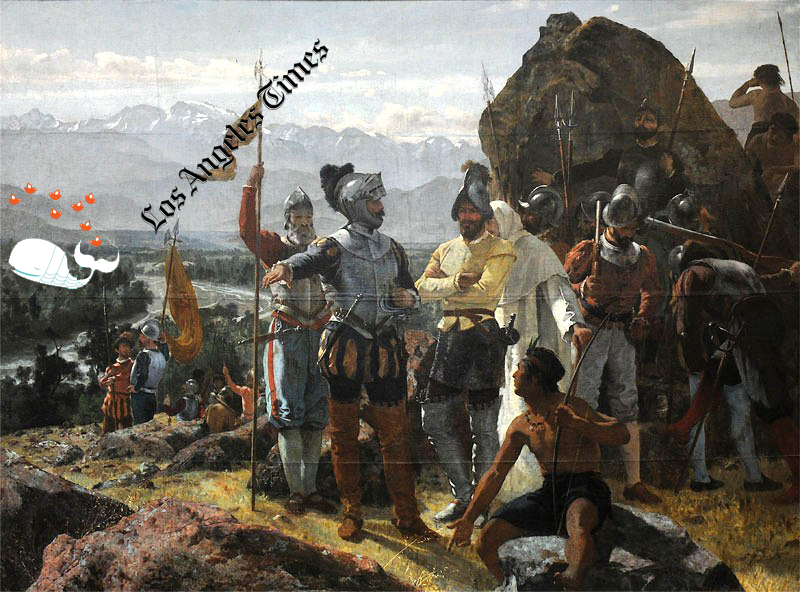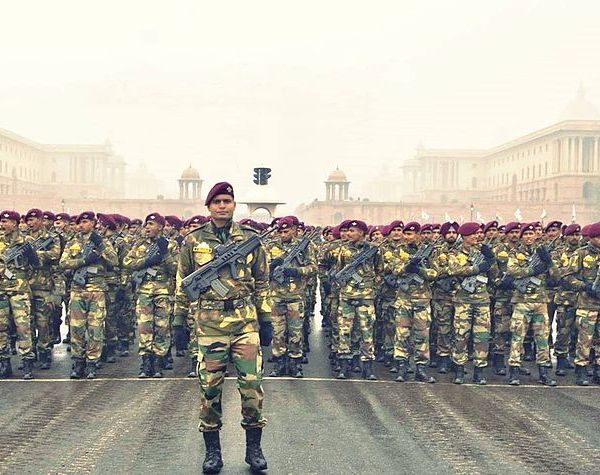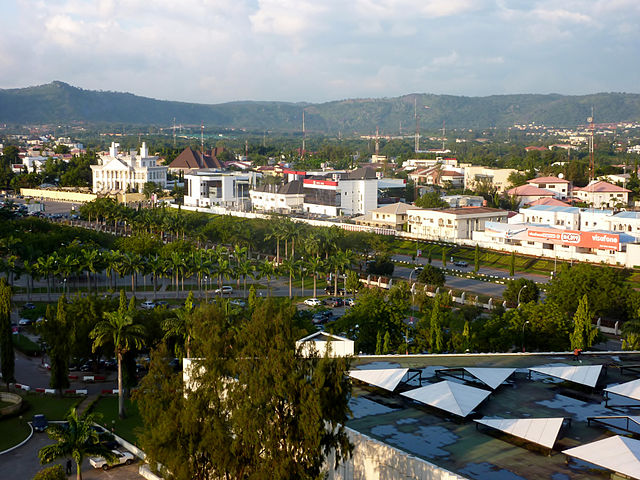On Saturday morning, Twitter users HenryKrinkle and EMQuangel discovered the website of Dylann Storm Roof, the right-wing domestic terrorist responsible for the murder of 9 people at a historic Black church in Charleston, SC days earlier.
Their discovery of Roof’s website, The Last Rhodesian, was fairly straightforward; it required only the knowledge of how to run a reverse whois look-up for websites registered to a “Dylann Roof” and the wherewithal to pay $49 for the ensuing report. This report lead them to a website which contained a folder of photos of Roof posing menacingly with guns and the Confederate Flag (a flag that flies over the statehouse in Roof’s home state of South Carolina and has since 1962). It also contains a short manifesto (this terminology seems quite generous, but is the prevailing choice) where Roof laments the sorry state of the country and espouses racist rhetoric about the minority groups, most notably “Blacks,” but also “Jews,” “Hispanics,” and “East Asians,” responsible for it.
Mainstream media picked up on this story within a few hours — and criticism of this story came almost as quickly.
One can break down the criticism into three categories (and rebut each):
1. “We need more verification.”
This is perhaps theoretically the most reasonable of all the criticisms leveled at this story. It suggests that is too early to pin “The Last Rhodesian” on Dylann Roof and that we must wait for more confirmation before attributing these writings to him.
Of course, it ignores the trove of photos of Roof on the website (or ridiculously suggests that there must be forensic confirmation that he is the man pictured in the photos), the photos of him that had already surfaced wearing a patch of White-rule Rhodesia, and that the writings on this website are consistent with the racist views he expressed to a survivor of the massacre and to his friends.
It is also a suspiciously rare call for caution in reporting in the age of the internet where immediacy and scoops on information outweigh getting it exactly right the first time. Most telling, it is a call for restraint in reporting — about a White shooter — at a time when even Black victims are not given this deference.
The media rush to uncover similarly salacious information from the pasts of Black victims like Trayvon Martin, Michael Brown, and Eric Garner, to label them as “no angels,” juxtaposed with the soft profiles of Dylann Roof who is described as a “loner,” “quiet,” and “smart” reveals itself to be no more than tidy narrative-building based on racist stereotypes.
The revelation of this website destroys this convenient narrative. Were these voices calling for “responsible journalism” doing so consistently, for both suspects and victims, White and Black, it is possible they would have an argument, but they are not, so they do not. This criticism is merely a derailing tactic and a double-standard.
2. “A journalist did not report this first.”
The second criticism is that Twitter users HenryKrinkle and EMQuangel are not journalists, at least in the traditional sense. Thus, the criticism goes, we must view the information they uncovered with skepticism.
One of the greatest strengths of Twitter is that it allows anyone, especially those previously marginalized from mainstream media outlets, the platform to disseminate information to a large audience. Thus a “professional wrestling fan” who jokes about fiat currency and a communist were able to, on a lark, unearth important information about Dylann Roof which circulated widely enough to grab the attention of mainstream media.
It is the responsibility of this mainstream media to use its power, capital, and access verify this information in a way two people with $50 tweeting can not, before proceeding to publication. Whether they can do so — in light of shrinking budgets and the shuttering of fact checking departments — is a topic for another essay. However, it is undoubtedly not the responsibility of people who are essentially just sources to confirm information in ways that would go beyond their status as sources (e.g. speaking with members of Roof’s circle of friends, family, or Roof himself to confirm that the website is his) because they do not have this access.
That multiple mainstream media outlets published this information suggests that they found it compelling and convincing enough upon review to warrant publication (whether this is a naïve heuristic consumers of information employ to make sense of a confusing and, increasingly information dense world, is the topic for yet another essay). So, this criticism can also be dismissed.
3. “Roof lacks the education/intelligence to write the contents of his alleged website”
The third criticism veers quickly into conspiracy theory territory. Dylann Roof dropped out of school in the 9th grade. After reading his website, some suggest that the contents are too coherent and grammatically correct for a high school dropout to have written it.
There are two different flavors of these conspiracy theorists. The first suggest that both the website and the attack itself are a “false flag” that the government orchestrated to enact stricter gun laws. When we consider the increase in firearm sales in the aftermath of mass shootings and the fact that very little substantive legislation has passed to control the sale and distribution of guns in the aftermath of previous mass shootings it is easy to dismiss those theories.
The second group to suggest conspiratorial authorship appears to be coming from the opposite end of the political spectrum. Like their right-wing counterparts, they suggest the writing level on the Last Rhodesian (such as the author’s ability to use quotation marks correctly) is beyond the capabilities of a ninth grade dropout, thus someone else “must” have written it.
The purpose of such a hypothesized conspiracy is less clear in this variation. The “theory” may suggest that Dylann Roof was acting under the tutelage of a racist, educated individual or group of individuals whose work he took and posted as his own on a website registered in his name. The fact that the photos on his website were not selfies suggests he at least had access to a willing photographer — someone complicitly aware of his extremism. (But we already knew that from his friends and acquaintances.) Following this logic, the conspiracists suggest that Dylann Roof may have also been influenced by this individual or group to plan and carry out his attack on AME Emanuel church.
Such a scenario is also convenient in the sense that it would partially absolve Roof of those nine lives he took because it paints him, somewhat sympathetically, as a crazy, ignorant, dullard who was manipulated by “the real racist(s)” (still unidentified) into carrying out a heinous crime. The notion of a “crazy” shooter who fell in with an unspecified “bad crowd” that took advantage of him is a common trope used to excuse or explain mass murders in a vague and nominally comforting way. This is a less political explanation. It doesn’t force us to confront the reality that an ordinary individual walking among us could research and develop a personal ideology that would motivate him to kill multiple unarmed people without being in the throes of some clinical psychosis.
Bill wrote at Arsenal For Democracy about our society’s frequent assumption that such an individual is “crazy,” in the aftermath of the UC Santa Babara shooting 13 months ago: Read more










